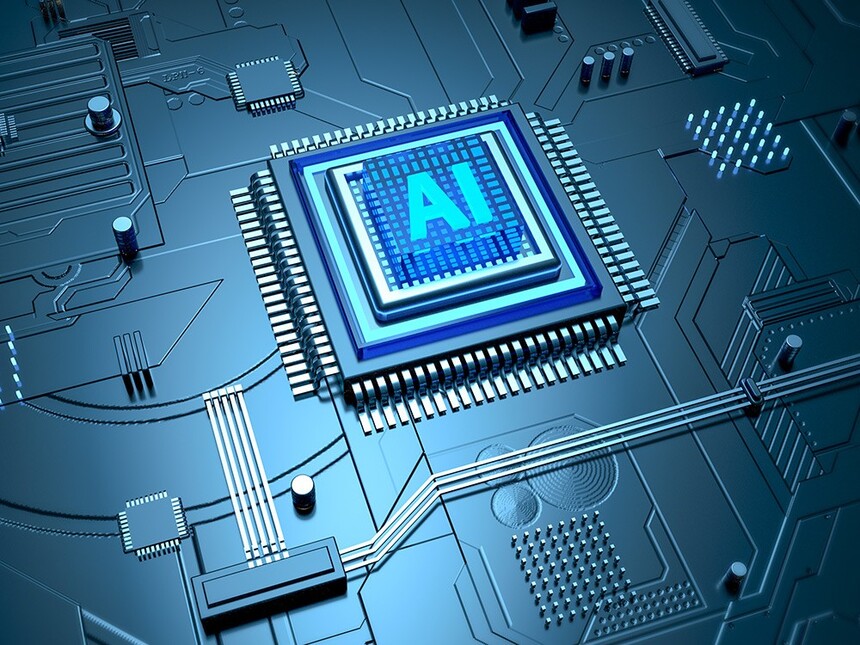|
How Does an Electronic Component IC Work?How Does an Electronic Component IC Work?Integrated circuits (ICs), commonly known as chips, are miniature electronic devices that perform various functions within electronic systems. These silicon-based devices integrate multiple electronic components, such as transistors, resistors, capacitors, and inductors, onto a single tiny piece of semiconducting material. ICs are essential components of modern electronics, enabling complex functionalities in devices ranging from smartphones and computers to automobiles and aerospace systems.
The Basics of Integrated Circuits (ICs) An integrated circuit (IC) typically consists of a silicon wafer onto which thousands or millions of tiny transistors and other electronic components are etched. These transistors act as switches, controlling the flow of electrical current within the circuit. The integration of multiple components onto a single chip allows for miniaturization, improved reliability, and reduced power consumption compared to traditional discrete circuits. ICs can be broadly classified into several types based on their functionality: Digital ICs: These circuits process digital signals, which are discrete values represented by binary numbers (0s and 1s). Digital ICs are widely used in computers, communications equipment, and control systems. Examples include microprocessors, memory chips, and logic gates. Analog ICs: These circuits process analog signals, which are continuous electrical signals that vary smoothly over time. Analog ICs are used in audio and video equipment, sensors, and amplifiers. Examples include operational amplifiers, comparators, and voltage regulators. Mixed-Signal ICs: These circuits combine digital and analog functionality on the same chip. They are used in systems that require both types of signals, such as communication interfaces, data converters, and sensor interfaces. Manufacturing Process of ICs The manufacturing process of ICs involves several complex steps: Silicon Preparation: The process starts with a pure silicon wafer, which serves as the substrate for the integrated circuit. This wafer undergoes chemical and physical treatments to prepare its surface for the subsequent steps. Photolithography: A photoresist material is applied to the silicon wafer, and a mask is used to expose specific areas to ultraviolet light. This creates a pattern on the photoresist, defining where the circuit components will be placed. Etching and Doping: Chemical etching removes selected areas of silicon, creating trenches and vias for interconnects. Doping introduces impurities into the silicon, altering its conductivity to create transistors, resistors, and other components. Metallization: Thin layers of metal are deposited onto the wafer, forming interconnects between the components. Multiple layers of metallization can be used to create a complex three-dimensional circuit structure. Testing and Packaging: The final step involves testing the functionality of the ICs and encapsulating them in protective packages to prevent damage from the environment. Applications of ICs Integrated circuits are ubiquitous in modern electronics, finding applications in almost every electronic device imaginable. Here are some examples: Computers and Smartphones: Microprocessors, memory chips, and other digital ICs power the brains of computers and smartphones, enabling their computational and storage capabilities. Communication Equipment: Analog and mixed-signal ICs are crucial in converting analog signals to digital and vice versa, facilitating communication over wired or wireless networks. Consumer Electronics: From televisions and audio equipment to gaming consoles and cameras, ICs provide the necessary functionality for these devices to operate efficiently. Industrial Automation: Control systems, sensors, and actuators rely on a variety of ICs for precise control and monitoring of industrial processes. Automotive Electronics: Modern vehicles are packed with electronic systems, including engine control units, navigation systems, and safety features, all powered by specialized ICs. Future of ICs As technology continues to evolve, the future of integrated circuits looks brighter than ever. Advances in semiconductor manufacturing technology are enabling the production of smaller, faster, and more energy-efficient chips. Here are some trends shaping the future of ICs: Miniaturization: As the demand for smaller and lighter electronic devices grows, the trend towards miniaturization of ICs will continue. This will enable the creation of even more compact and portable devices. Increased Integration: With the advent of System-on-a-Chip (SoC) technology, more and more functionality is being integrated into single chips. This integration reduces power consumption, improves performance, and lowers overall system cost. Artificial Intelligence and Machine Learning: The rise of artificial intelligence and machine learning is driving the demand for powerful processors capable of handling complex computations. ICs designed specifically for AI applications are emerging to meet this demand. IoT and Embedded Systems: The Internet of Things (IoT) and embedded systems are revolutionizing how devices interact with each other and the world around them. ICs tailored for these applications are becoming increasingly important. In conclusion, integrated circuits are the backbone of modern electronics, enabling the advanced functionalities we have come to expect from our devices. As technology marches forward, ICs will continue to evolve, powering the next generation of electronic systems and shaping the future of our connected world. |






